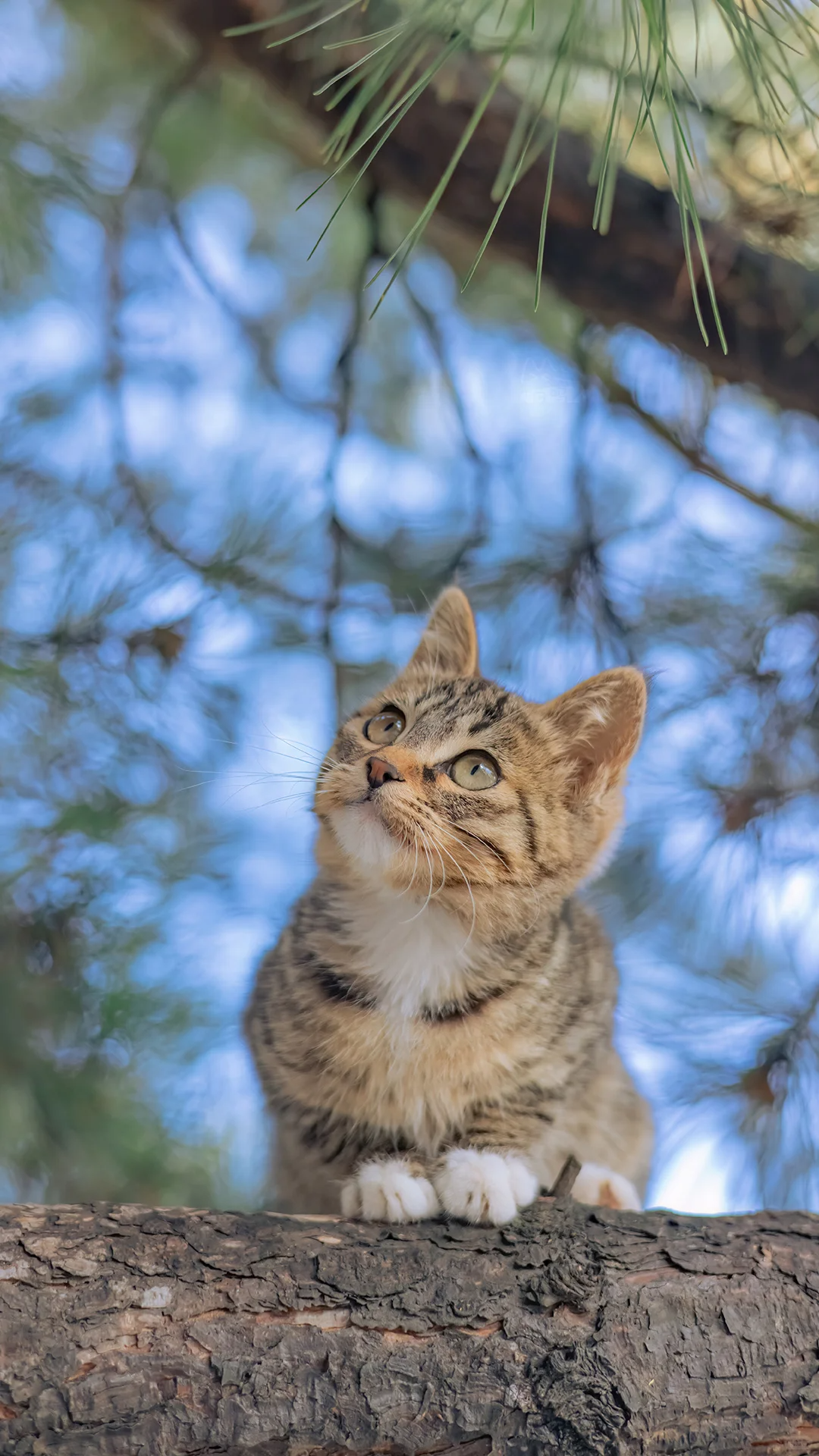 Introduction: The Evolution of the Litter Box
Introduction: The Evolution of the Litter Box
As more people welcome cats into their homes, the quest for cleaner, more convenient litter box solutions grows. Among the many choices, the covered litter box stands out for both its practicality and its appeal. This modern upgrade provides privacy for cats and reduces odors and messes for their humans. In this article, we’ll explore what covered litter boxes are, their benefits and drawbacks, tips for choosing the right one, and guidance for getting your cat used to a covered box.
What Is a Covered Litter Box?
A covered litter box—sometimes called a hooded or enclosed litter box—is a standard box with a removable top or lid. This cover often has an entryway (sometimes a flap door) that allows cats to enter and exit. Some models even feature built-in carbon filters or vents to ensure fresh air and further control odors. Covered litter boxes come in various sizes, shapes, and designs to suit different cats and homes, from basic plastic domes to stylish furniture pieces that discreetly hide the litter area.
The main purposes of a covered litter box are privacy, odor control, and cleanliness. The enclosed design keeps litter, smells, and unsightly messes contained, which can be especially useful for multi-cat households or homes with limited space.
Benefits and Drawbacks of a Covered Litter Box
Like any pet product, covered litter boxes offer both advantages and disadvantages. Understanding these can help you decide if one is right for your cat.
Benefits
1. Odor Control:
The lid helps contain unpleasant smells inside the box, making the surrounding area fresher for you and your guests. Many covered boxes also include carbon filters that help neutralize odors further.
2. Privacy for Cats:
Cats are private creatures, and some prefer to do their business in a secluded spot. The cover provides a sense of security and can reduce stress, especially in busy households or homes with multiple pets.
3. Cleanliness:
A covered box helps prevent spray and litter scatter, keeping your floors cleaner. The lid also keeps dogs or young children from disturbing the contents.
4. Stylish Options:
Many covered litter boxes come with sleek designs that blend in with your decor, turning the litter box from an eyesore to a discreet part of your home.
Drawbacks
1. Ventilation Issues:
While the lid keeps smells inside, it may also trap humidity and odors, especially if you do not clean the box regularly. This can create an unpleasant experience for your cat.
2. Cleaning Convenience:
Covered boxes can be bulkier and harder to scoop, as you may need to remove the lid for daily maintenance. Some designs make it tricky to reach all the corners.
3. Cat Preference:
Not all cats like covered litter boxes. Some may feel trapped or dislike the confined space, leading to occasional accidents outside the box.
4. Size Limitations:
Large cats or older cats with mobility issues might find it difficult to turn around or enter/exit the box, especially if the entryway is small.
How to Choose the Best Covered Litter Box
Selecting the right covered litter box means balancing your needs and your cat’s preferences. Here are some tips for choosing wisely:
- Size Matters: Make sure the box is spacious enough for your cat to turn around and dig comfortably. For larger breeds, look for extra-large models.
- Entryway Design: Choose a box with a wide, low-entry door if your cat is older or has mobility issues.
- Filter and Ventilation: Opt for models with carbon filters or additional vents to keep air inside fresh.
- Easy Cleaning: Look for boxes with removable lids and smooth interiors. Some have top-lifting or swinging doors, which make daily scooping and deep cleaning much easier.
- Sturdy Materials: Invest in durable, high-quality plastic or materials that resist stains and odors.
- Aesthetic Fit: If you want the box to blend with your home, pick designs that match your decor. Many brands offer boxes disguised as end tables or cabinets.
Since every cat is unique, it can help to keep your previous litter box for a transition period in case your cat needs to adjust.
Helping Your Cat Adjust to a Covered Litter Box
Transitioning from an open to a covered litter box may take time and patience. The key is to let your cat get comfortable at their own pace. Here are some suggestions:
- Introduce Gradually: Leave the lid off the new box at first, letting your cat use it as an open tray. Once your cat feels confident, put the lid on for short periods, slowly increasing the time until the cat shows no signs of stress.
- Keep It Clean: Cats may avoid dirty boxes, and this reluctance is even stronger with covered boxes where odors can build up. Scoop at least once a day, and clean the entire box weekly.
- Place the Box Strategically: Set the litter box in a quiet, accessible location where your cat feels safe but not isolated.
- Observe Behavior: If your cat refuses to use the new box or seems uneasy, try offering different options. Some cats will always prefer open boxes, so let their comfort guide your decision.
Conclusion
A covered litter box can offer privacy, odor control, and a neater space, making life easier for both you and your cat. It’s important to consider your cat’s size, personality, and preferences when choosing a box, and to provide a patient transition process. With the right approach, a covered litter box can be a smart, stylish addition to your home that both you and your feline companion will appreciate.
 Shandong Vlink Pet Products Co., Ltée
Shandong Vlink Pet Products Co., Ltée



